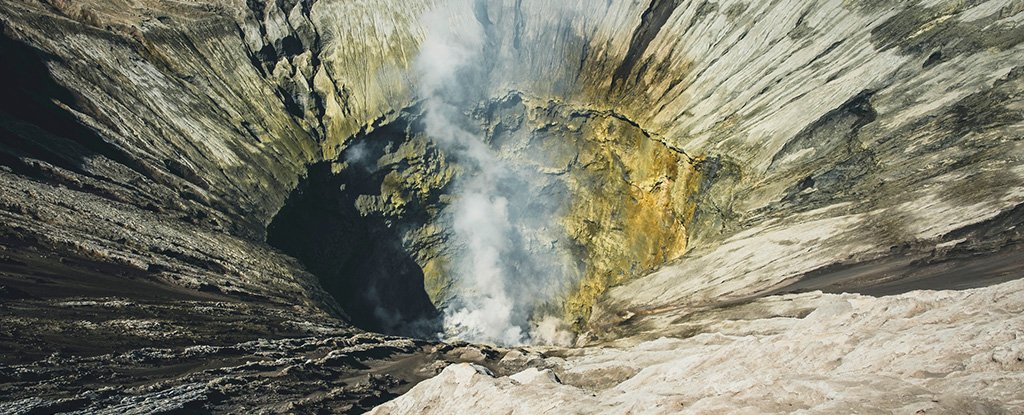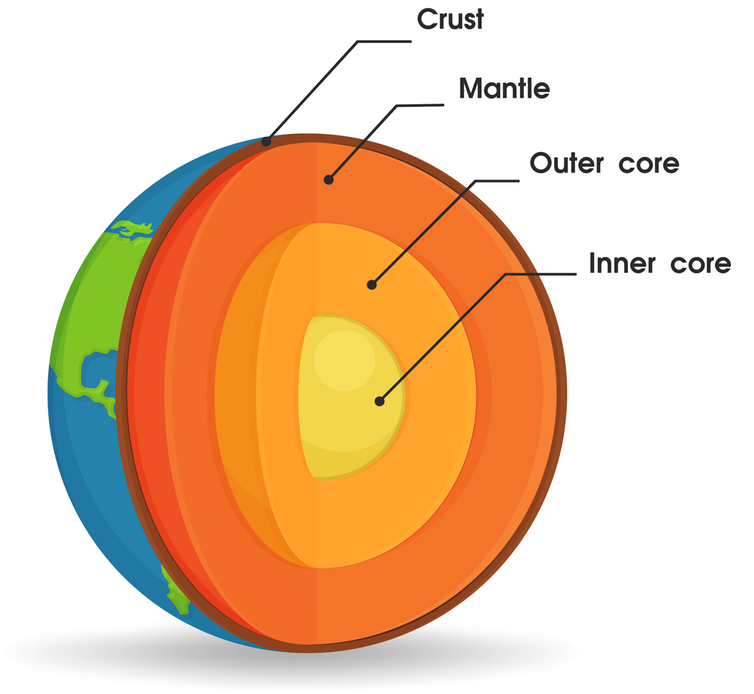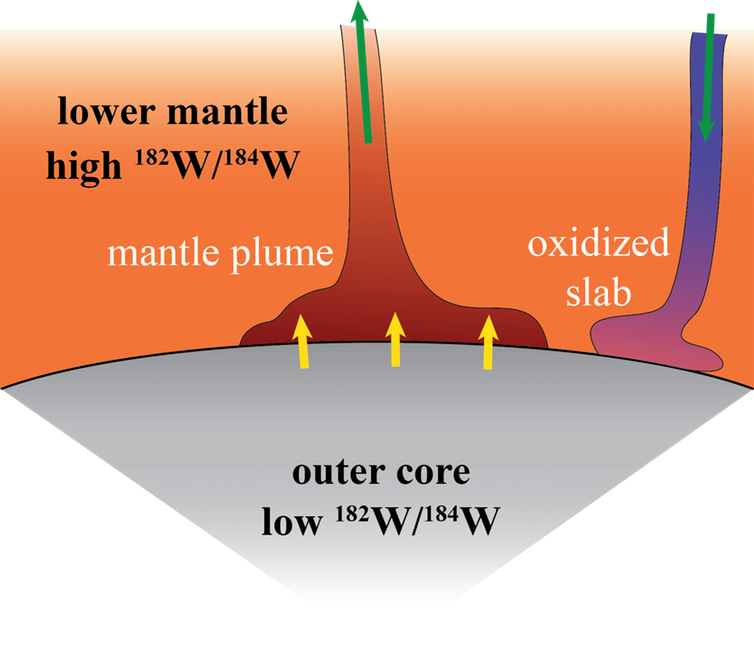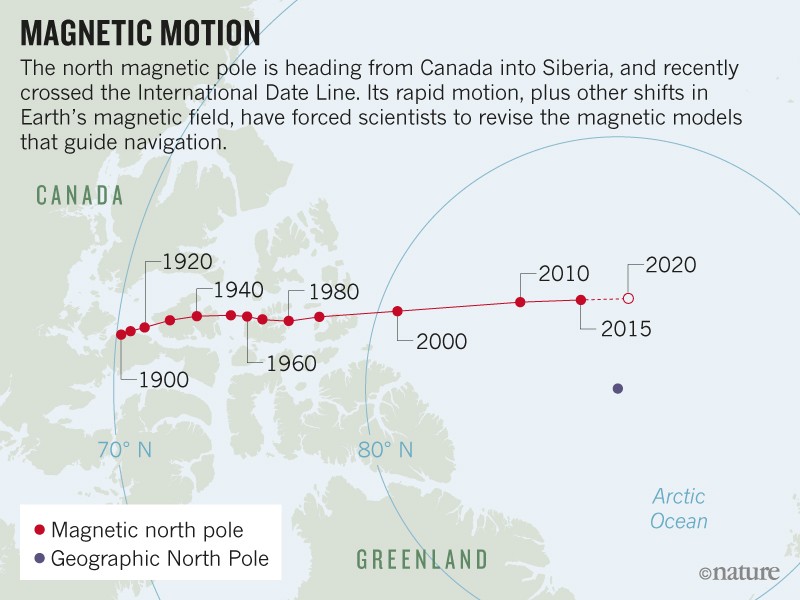- Joined
- Aug 8, 2008
- Messages
- 6,070
- Points
- 83
https://www.rt.com/news/463992-earth-core-leaking-magnetic-field/
Earth’s magnetic field, critical to all life, may be in danger from 'leaking core'
Published time: 12 Jul, 2019 09:40 Edited time: 12 Jul, 2019 09:50
Get short URL

© Pixabay / Bela Geletneky

Scientists studying the earth’s core, vital to protecting us from dangerous high-energy particles from space, believe not only that it is leaking, but that it has been for about 2.5 billion years.
While the cause of the leak remains unknown, as do the consequences for the Earth’s magnetic field, scientists appear to have resolved the decades-old debate about whether the Earth’s core and mantle exchange material or not.
Also on rt.com Earth’s magnetic field is mysteriously acting up, pushing North Pole towards Siberia
The core is composed of iron and nickel, and with elements like platinum, gold, and tungsten. It reaches temperatures of 5,000 degrees Celsius (9,000 Fahrenheit) and many believe it’s responsible for up to 50 percent of the volcanic heat released around the planet.
The researchers, from French, Canadian, US and Australian universities, found newer mountains and rocks on the Earth’s surface featuring tungsten isotopes which are typically found in the outer core, but no farther up. As a result, the team posits that so-called ‘mantle plumes’ brought core material to the surface. There was no evidence of leaks prior to this recent discovery.
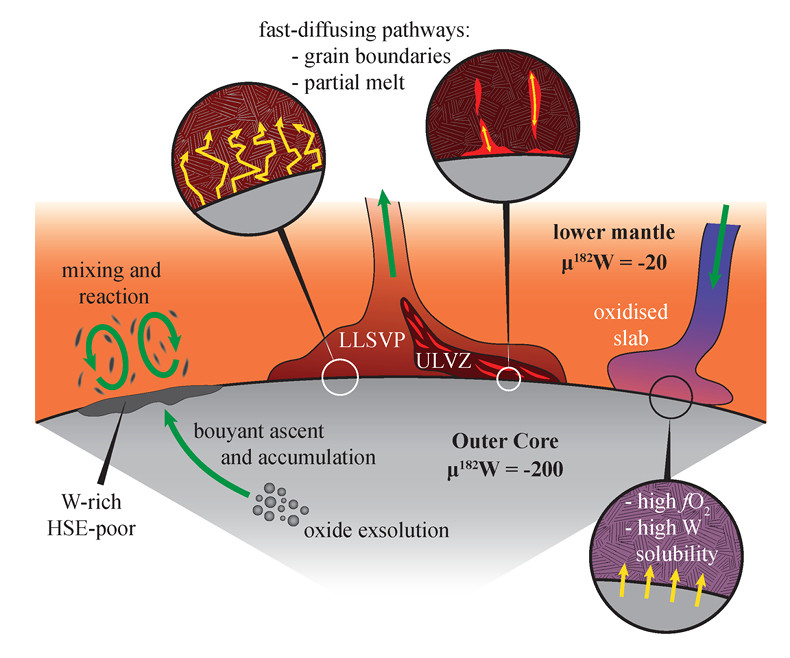
© Geochem. Persp / Rizo, H., Andrault, D., Bennett, N.R. et al (2019)
The implications of the research are still unclear. However, we know that the spinning solid part of the core is responsible for the Earth’s magnetosphere which helps protect us from the nastiest particles firing around space. Scientists believe that the liquid part of the core is slowly solidifying and this latest research may provide unique insights into both the evolution of the Earth’s core as well as the origin of our all-important magnetosphere.
The research was published recently in GeochemicalPerspective Letters.
Think your friends would be interested? Share this story!
Earth’s magnetic field, critical to all life, may be in danger from 'leaking core'
Published time: 12 Jul, 2019 09:40 Edited time: 12 Jul, 2019 09:50
Get short URL

© Pixabay / Bela Geletneky
- 150
- 1

Scientists studying the earth’s core, vital to protecting us from dangerous high-energy particles from space, believe not only that it is leaking, but that it has been for about 2.5 billion years.
While the cause of the leak remains unknown, as do the consequences for the Earth’s magnetic field, scientists appear to have resolved the decades-old debate about whether the Earth’s core and mantle exchange material or not.
Also on rt.com Earth’s magnetic field is mysteriously acting up, pushing North Pole towards Siberia
The core is composed of iron and nickel, and with elements like platinum, gold, and tungsten. It reaches temperatures of 5,000 degrees Celsius (9,000 Fahrenheit) and many believe it’s responsible for up to 50 percent of the volcanic heat released around the planet.
The researchers, from French, Canadian, US and Australian universities, found newer mountains and rocks on the Earth’s surface featuring tungsten isotopes which are typically found in the outer core, but no farther up. As a result, the team posits that so-called ‘mantle plumes’ brought core material to the surface. There was no evidence of leaks prior to this recent discovery.

© Geochem. Persp / Rizo, H., Andrault, D., Bennett, N.R. et al (2019)
The implications of the research are still unclear. However, we know that the spinning solid part of the core is responsible for the Earth’s magnetosphere which helps protect us from the nastiest particles firing around space. Scientists believe that the liquid part of the core is slowly solidifying and this latest research may provide unique insights into both the evolution of the Earth’s core as well as the origin of our all-important magnetosphere.
The research was published recently in GeochemicalPerspective Letters.
Think your friends would be interested? Share this story!
- 150
- 1



